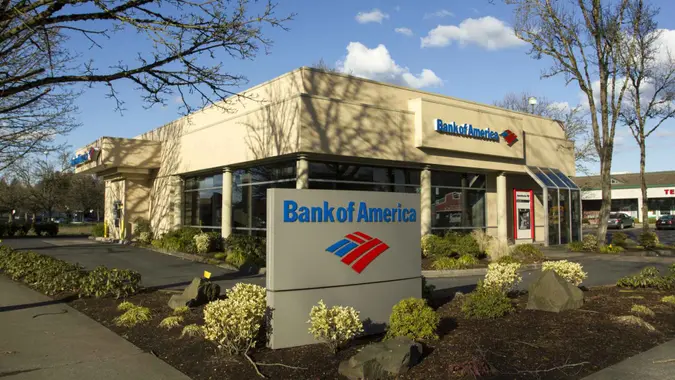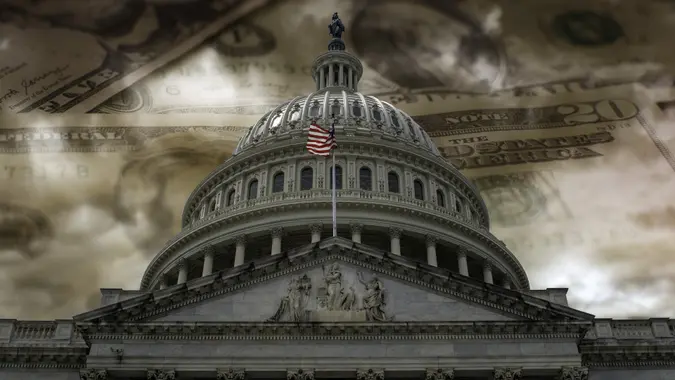6 Fastest and Most Common Ways People Go Broke

Commitment to Our Readers
GOBankingRates' editorial team is committed to bringing you unbiased reviews and information. We use data-driven methodologies to evaluate financial products and services - our reviews and ratings are not influenced by advertisers. You can read more about our editorial guidelines and our products and services review methodology.

20 Years
Helping You Live Richer

Reviewed
by Experts

Trusted by
Millions of Readers
Financial stability is a key aspect of a secure life, yet many find themselves in precarious situations due to certain common mistakes. If you’re afraid to fall into the empty pits of a wallet, you’re not alone.
In fact, According to s the Administrative Office of the U.S. Courts, bankruptcy filings totaled 418,724 in the ending filing year of June 2023. There’s ways to prevent a lonely bank account, but the only way to prevent a crash is to know the warning signs ahead. Here are six of the fastest and most prevalent ways people end up facing financial ruin:
1. Excessive Debt Accumulation
The Trap: Racking up high levels of debt, particularly on high-interest credit cards, is a swift path to financial distress. People often fall into this trap by spending beyond their means, usually on non-essential or luxury items.
The Impact: The compounding interest on credit card debt can quickly become unmanageable, consuming a significant portion of one’s income and savings.
2. Lack of Emergency Savings
The Trap: Many individuals fail to set aside a rainy-day fund for unexpected expenses like medical emergencies, job loss, or urgent home repairs.
The Impact: Without a financial cushion, any unexpected expense can force individuals into high-interest debt, initiating a cycle of financial instability.
3. Poor Investment Choices
The Trap: Engaging in high-risk investments without proper research or falling for get-rich-quick schemes can lead to substantial monetary losses.
The Impact: Significant investment losses can deplete savings and retirement funds, leaving individuals with little to no financial security.
4. Lifestyle Inflation
The Trap: Increasing one’s spending as soon as their income increases, commonly known as lifestyle inflation, can prevent the accumulation of wealth.
The Impact: Failing to save or invest extra income leads to missed opportunities for financial growth and leaves little room for financial maneuvering in tough times.
5. Neglecting Health and Insurance Needs
The Trap: Underestimating the importance of health insurance and regular health check-ups can lead to unexpected high medical bills.
The Impact: Serious health issues without adequate insurance can lead to crippling medical debts, a leading cause of bankruptcy.
6. Failure to Plan for Retirement
The Trap: Not saving enough for retirement or starting too late can leave individuals financially vulnerable in their later years.
The Impact: Insufficient retirement savings may force individuals to continue working into old age or rely on limited government pensions, often leading to a significant drop in living standards.
Financial stability requires prudent management, foresight, and discipline. Avoiding these common pitfalls can help secure a more stable and prosperous financial future. It’s crucial to live within one’s means, save diligently, invest wisely, and plan for the unexpected to avoid the swift descent into financial difficulty.
Editor's note: This article was produced via automated technology and then fine-tuned and verified for accuracy by a member of GOBankingRates' editorial team.
 Written by
Written by  Edited by
Edited by 

























